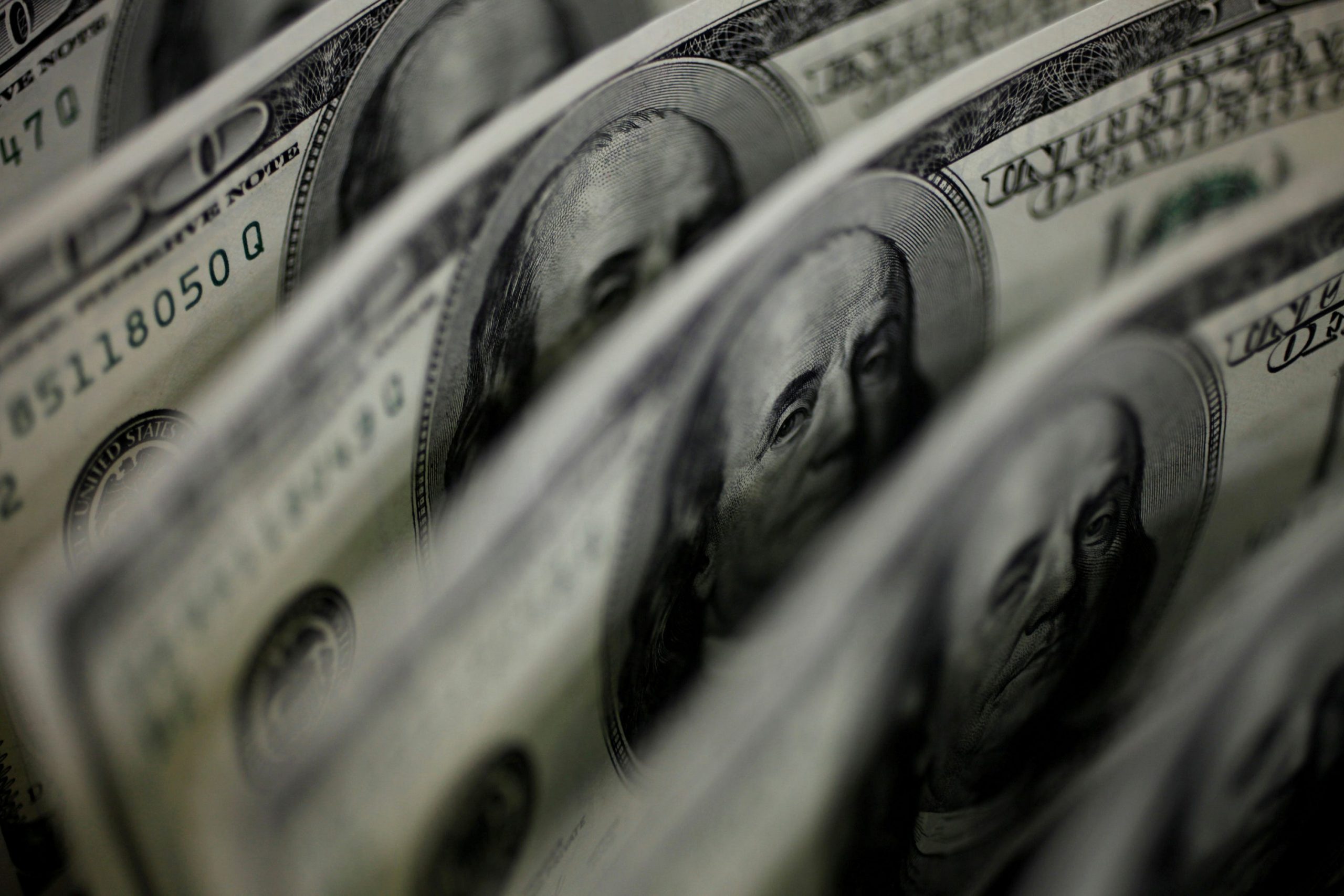
Yuriko Nakao/Reuters
- Bets against the dollar have risen to their highest level in close to a decade.
- The shorts against the dollar come despite the greenback rising around 0.6% this year.
- Analysts say Treasury yields have been the key driver and could cause dollar bears more pain.
- Sign up here for our daily newsletter, 10 Things Before the Opening Bell.
Bets against the dollar have risen to near their highest level in a decade, but uncertainty is creeping in about the greenback’s short-term direction of travel.
Hedge funds, asset managers and other institutional investors increased their net short position to $34.04 billion in the week ending January 12, according to Reuters data. That was the biggest bet against the dollar since 2011.
It comes despite the recent rise in the dollar, which has been driven in part by President-elect Joe Biden’s stimulus plans pushing up bond yields – making dollar assets more attractive – and boosting growth expectations. The dollar index has climbed around 0.6% this year, although it was off by 0.31% to 90.49 on Tuesday morning.
“The USD consolidation has reached reasonable levels without yet breaking anything,” John Hardy, head of FX strategy at Saxo Bank, said in a note.
Before the recent bout of strength, the dollar slid around 7% in 2020, as the Federal Reserve slashed interest rates and pumped money into the economy, while the US's twin deficits mounted.
Investors broadly expect these dynamics to weigh on the dollar in 2021, but are increasingly scrutinizing a number of factors.
The most recent is Treasury secretary nominee Janet Yellen's plan to affirm the US's hands-off approach to exchange rates, as reported by the Wall Street Journal.
Yellen's commitment marks a turn away from Donald Trump's repeated pushes for a weaker dollar. But it also means the Treasury could be fine with further dollar decline.
Also weighing on dollar bears' minds is the possibility that the big bets against the buck could fuel a further rally - at least in the short-term - if investors have to suddenly change course.
Adarsh Sinha, currency strategist at Bank of America, said in a note: "At [around] 10% of open interest, average short USD positions are indeed close to levels that have typically preceded USD rallies over the past decade."
Yet he said short positions were something of a "red herring". He said the real "red flag" is bond yields.
The yield on the US-10 year Treasury note has risen from 0.917% to 1.116% this year, supporting the dollar.
Hugh Gimber of JPMorgan Asset Management said in a note that "it is unclear as yet how the Fed will react in the recovery". Should Biden's stimulus cause a rapid rebound, the Fed may signal tighter policy, which could "steepen the [bond] yield curve and may stem the dollar's decline".
Bank of America's Sinha said currency investors should keep an eye on bond yields, but they must be weighed against "structural factors" such as the US's budget and trade deficits.
BofA expects the dollar to decline by around 3% to 5% in 2021, which Sinha said is "relatively conservative".
Yet Kit Juckes of Societe Generale stressed the Fed's recent dovishness. He said it has committed to "accompany fiscal largesse with super-easy policy" which "should keep the dollar down even if the economy does well in both absolute and relative terms".